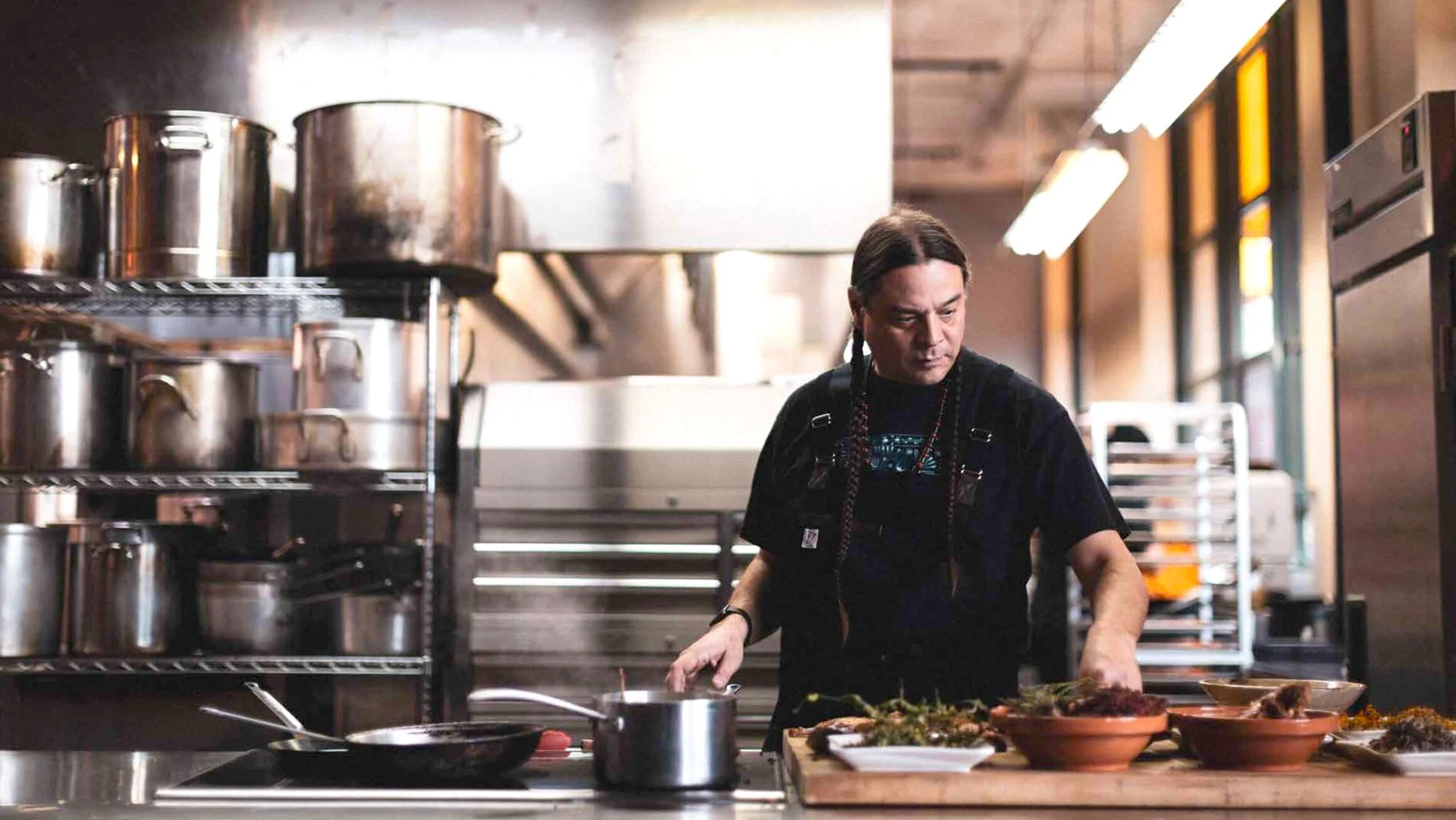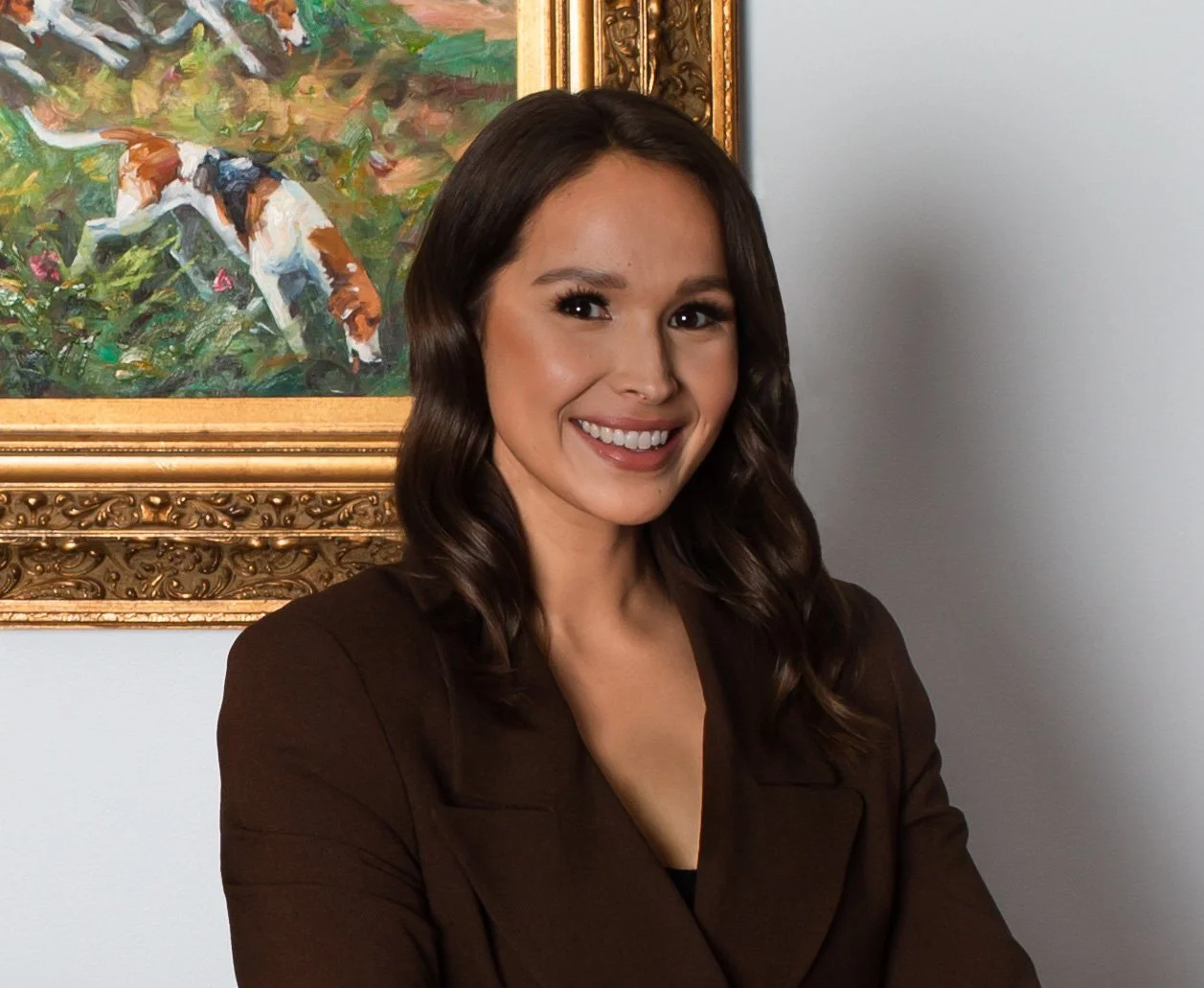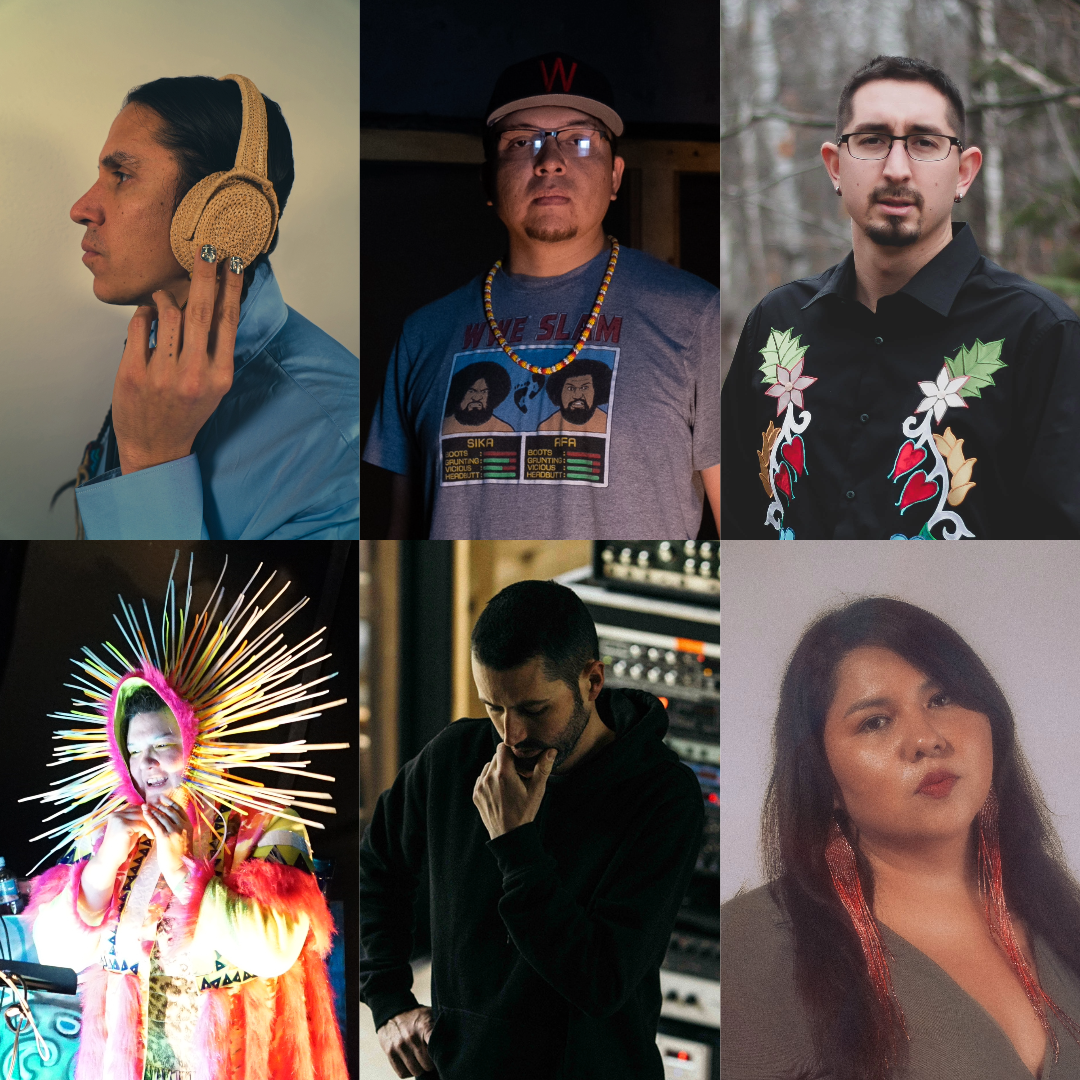Two Native American luminaries discuss the importance of Indigenous wisdom and the responsibility in shaping the future.
By Kate Nelson

Ask any savvy thought leader about the importance of Indigenous teachings and you’re likely to get an answer along these lines: There is no future without Native knowledge. That’s because many tribal communities focus on our connection to one another and the world around us, as opposed to a more egocentric Western outlook.
Although we often refer to ancestral wisdom, this expertise isn’t stuck in the past. Rather, it is actively being translated to a contemporary context in order to influence and impact today’s ever-evolving world and the many issues we face, including increased political division, an ongoing climate crisis, and the like.
To discuss the topic of Indigenous futurism, we tapped two Native luminaries across food and art. Oglala Lakota chef Sean Sherman, a past partner of The Great Northern, is leading the movement to revitalize Indigenous foodways and education through his James Beard Award–winning Minneapolis restaurant, Owamni, and his nonprofit, NATIFS. In 2023, he was a TIME 100 honoree and became the first Native recipient of the Julia Child Award in recognition of his tireless efforts.
Tlingit/Unangax̂ multidisciplinary artist Nicholas Galanin, who is headlining Broken Ice: Indigenous Sonic Salve from the North, creates poignant art that reflects his heritage, confronts colonial violence, and critiques the commodification of culture. In particular, his large-scale artworks such as his Desert X 2021 installation “Never Forget” and his work “In every language there is Land / En cada lengua hay una Tierra,” on display in New York’s Brooklyn Bridge Park through March 2024, speaks to the displacement and dispossession of Indigenous peoples across Turtle Island.
Here, Sherman and Galanin discuss the importance of Indigenous wisdom, the responsibility in shaping the future, and more.

Kate Nelson: In order to understand where we’re headed, we need to consider where we are. From your perspective, what does Indigenous sovereignty look like today?
Nicholas Galanin: Indigenous sovereignty has always existed in our communities, and it’s only in recent times that it has been forcibly removed. It encompasses everything—our relationship to place, our right to govern ourselves, a connection to sustaining and caring for our communities, and more. But it’s still an ongoing battle to be seen and heard in spaces where we’re continually detracted through our existence.
I feel like my work answers that, too, in creative form. My work is a tool and can be many things. Sometimes it is political. Sometimes it holds place and space to keep conversation so that we don’t have to continue to repeat ourselves. Sometimes it’s poetic, gestural, and abstract, or speaks to memory. Sometimes it envisions futures and imagines a world that we can all start to understand and work toward. Sometimes it’s deeply personal. For me, creative sovereignty is a form of empowerment and a way of retaining a connection to that.
Sean Sherman: There’s been a lot of movement in identifying what Indigenous sovereignty is lately. I have been involved in this work for the past decade, and there wasn’t a lot of conversation happening up until 2016, when we saw a huge uptick in demand for healthy Indigenous foods. Now, a lot of funders are beginning to focus on this, including the Native American Agricultural Fund. The U.S. Department of Agriculture is also pouring money into food sovereignty initiatives. Groups like the Intertribal Agriculture Council and the First Nations Development Institute have been working hard on this for quite awhile and have picked up steam over the past few years. It’s great that we’re putting a lot of funding into the development and production of Indigenous foods, but we also need a lot of food-service operations. At NATIFS, we’re building support for the future, and I’m going to continue utilizing this current energy to serve as a trailblazer.
KN: Why is it important to honor the past when shaping the future, a common value among Native communities?
SS: When we talk about what it means to decolonize, there are so many different ways to interpret that. Some people want to revert to something in the past and pretend colonization didn’t happen. But my philosophy has always lived in the future: How do we get to a better world moving forward? I compare the values that colonialism brought that have shaped the status quo today to Indigenous values about community, food, health, and more. Capitalism brings a lot of hoarding of wealth, a dehumanization of people, and a disregard for the environment. It focuses on individualism rather than the community as a whole taking care of each other and making decisions. For the future, it’s going to be up to Indigenous communities to really pull from the past to understand our ancestral values, help identify solutions, and actively work toward them. We have to start focusing on what community means today and how we can use community to take care of everybody.
NG: It’s understanding where we come from and who’s been here before us. We get an opportunity in this life to understand the knowledge that our communities hold from generations of connection to place and to carry that through a continuum, as our ancestors have done. A big part of this conversation is the purposeful amnesia that America has written into its ability to understand history. Unfortunately Indigenous peoples are often the ones required to educate generations. For example, when I go speak at universities about Indigenous histories, students often have very, very little knowledge on the subject or none at all. And that’s not by chance—that’s by colonial design of controlling narratives and histories.

KN: Why is traditional Indigenous knowledge so vital right now, as we face challenges such as ongoing division, climate crisis, and the like?
NG: It has always been vital. Our communities are being impacted by the current global and geopolitical climate, but historically, Indigenous communities took great care of place. When we pull away from that, we start to see a lot of this disconnection and violence toward not only communities but also toward land and water. We need to return to that Indigenous stewardship of place and understanding. Nothing is sustainable about the way things are moving right now.
SS: Indigenous communities had the blueprint to live sustainably. Because of colonialism, people get really blinded by their own science, but it’s really about living in relationship and respect with the world around us. We have to listen to Indigenous peoples who actually had figured things out, like massive organic farming and manipulating land spaces to produce food and medicine en masse. Here in the United States, we see these civilizations that are just remnants now, but there is so much evidence of food production happening all over in places like Cahokia. We’ve done it in the past, and we can do it in the future.
KN: Finally, what responsibility does this generation have in shaping the world for future generations?
SS: With the rise of nationalism happening everywhere, we really need to focus on stewarding and celebrating diversities instead of trying to homogenize and assimilate. Indigenous communities have been dismantled for the past few hundred years, and we’re continuing to watch this unfold in Ukraine and the Middle East. We need to understand that we put ourselves in this mess of climate change and that we need to start taking steps to adapt to what comes next. Right now, we’re literally living in that movie Don’t Look Up, pretending it isn’t happening. We need to wake up and start siding with humanity, seeing one another as equals, and understanding that we’re all on this planet together.
NG: It’s unfortunate that the responsibility is often put onto Indigenous peoples to try to catch people and spaces up. Everybody’s responsibilities should be aligned and working toward care for place and collective liberation, including challenging our leaders and governments that perpetuate these issues by inflicting forms of violence on communities. We’re getting more access than we’ve previously had to institutional spaces where our voices have never really been upheld or even allowed. We’re starting to see a big, slow shift toward Indigenous communities being seen, included, and celebrated. There will always be Indigenous people, art, and language in the future.
Related events at The Great Northern:
Nicholas Galanin and Kate Nelson will take part in Broken Ice: Indigenous Sonic Salve from the North at First Avenue on Thursday, February 1.
More information and tickets at thegreatnorthernfestival.com.
Learn more:
Read a feature on Sean Sherman by Steve Marsh for a past edition of The Great Northern blog.

An Alaska Native Tlingit tribal member, Kate Nelson is an award-winning writer and editor based in Minneapolis who focuses on amplifying important Native American change makers and issues. She is currently the editor-in-chief of Artful Living, a top independent boutique lifestyle magazine. She has interviewed such luminaries as Padma Lakshmi, actor Mo Brings Plenty, and chef Sean Sherman and written for publications including Esquire, ELLE, the BBC, The Daily Beast, Architectural Digest, W Magazine, Teen Vogue, Bustle, Andscape, and more. A lifelong storyteller, she’s also an avid equestrian and a pop culture aficionado.

